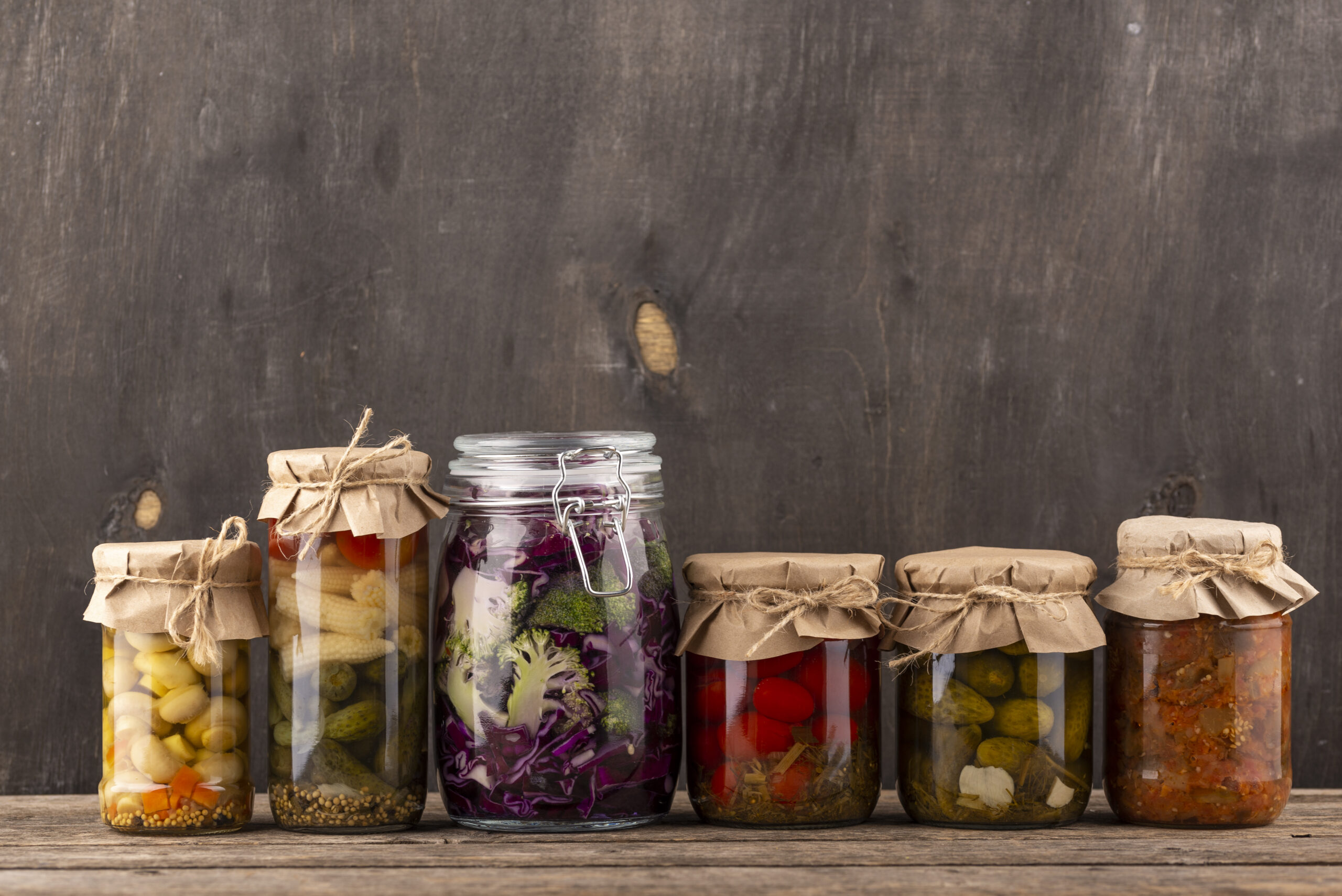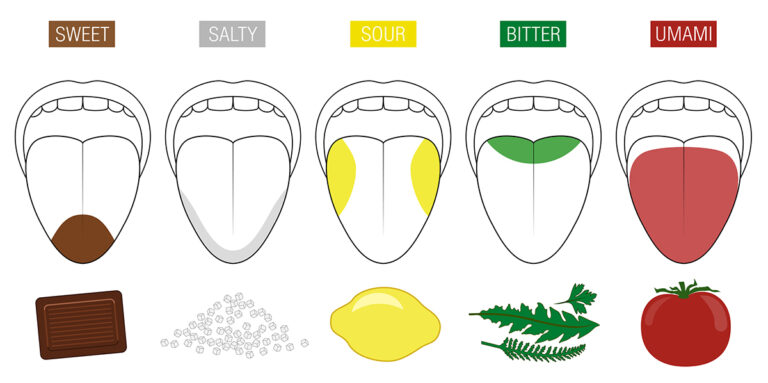
Introduction: The Magic of Fermented Foods
From the tangy crunch of kimchi to the rich umami of miso, fermentation has been shaping global cuisines for centuries. This ancient technique not only enhances flavors but also preserves food and boosts nutritional value.
Today, fermented foods are experiencing a renaissance in the culinary world, with chefs and food enthusiasts embracing the art of fermentation like never before. But what makes fermented foods so special? Why are they so essential to human diets?
In this article, we’ll explore the history, science, and culinary impact of fermentation, along with some easy ways to try it at home.
1. A Brief History of Fermentation
Fermentation dates back over 7,000 years, with ancient civilizations using it for preservation, flavor enhancement, and even medicine. Some key milestones include:
🗿 5000 BCE – China: The earliest records of fermented beverages, such as rice wine.
🍶 3000 BCE – Egypt: Egyptians developed beer and leavened bread using yeast fermentation.
🥬 1000 BCE – Korea: Kimchi became a staple, preserving vegetables through lactic acid fermentation.
🍶 800 CE – Japan: The fermentation of soybeans led to the creation of miso and soy sauce.
🍷 16th Century – Europe: The rise of fermented dairy products like yogurt and cheese.
Across different cultures, fermentation allowed food to last longer, develop complex flavors, and even provide health benefits.
2. The Science Behind Fermentation
At its core, fermentation is a process where microorganisms (bacteria, yeasts, or fungi) break down sugars into alcohol, acids, or gases. This process does three essential things:
✅ Preserves food – Prevents spoilage by creating an acidic environment where harmful bacteria can’t thrive.
✅ Enhances flavor – Produces complex, deep, umami-rich flavors.
✅ Boosts nutrition – Increases vitamins, minerals, and probiotic content.
The three main types of fermentation are:
🦠 1. Lactic Acid Fermentation
- Microorganism: Lactic acid bacteria
- Examples: Yogurt, kimchi, sauerkraut, sourdough
- Benefit: Creates probiotics that promote gut health.
🍺 2. Alcoholic Fermentation
- Microorganism: Yeast
- Examples: Beer, wine, cider, sake
- Benefit: Produces alcohol and carbon dioxide, used in drinks and bread-making.
🧀 3. Acetic Acid Fermentation
- Microorganism: Acetobacter (bacteria)
- Examples: Vinegar, kombucha
- Benefit: Converts alcohol into acetic acid, giving a tangy taste.
3. Popular Fermented Foods Around the World
Different cultures have developed unique fermented foods based on local ingredients. Here are some of the most iconic ones:
🥬 Kimchi (Korea)
A spicy, tangy fermented cabbage packed with probiotics and bold flavors.
🥒 Sauerkraut (Germany)
Fermented cabbage with a sour kick, often used in hearty European dishes.
🥛 Yogurt & Kefir (Middle East & Russia)
Fermented dairy products rich in probiotics, improving digestion and immunity.
🍞 Sourdough Bread (Ancient Egypt)
Naturally leavened bread with a distinct tangy taste and improved digestibility.
🍶 Miso & Soy Sauce (Japan)
Fermented soybean pastes that add depth and umami to Japanese cuisine.
🥕 Pickles (India & Middle East)
Spicy, sour, and salty fermented vegetables often preserved in oil or vinegar.
🍹 Kombucha (China)
A fizzy, fermented tea loaded with probiotics and antioxidants.
4. Health Benefits of Fermented Foods
Fermented foods are more than just delicious—they offer numerous health benefits:
✅ 1. Gut Health & Digestion
- Probiotics in fermented foods help balance gut bacteria.
- Improves digestion and prevents bloating.
✅ 2. Boosted Immunity
- A healthy gut leads to a stronger immune system.
- Fermented foods contain antimicrobial properties that fight harmful bacteria.
✅ 3. Better Nutrient Absorption
- Fermentation increases bioavailability of vitamins and minerals.
- Helps absorb calcium, magnesium, and B vitamins more efficiently.
✅ 4. Mental Health Benefits
- Gut health is linked to brain health—fermented foods may reduce anxiety and depression.
- Produces neurotransmitters like serotonin that regulate mood.
✅ 5. Reduces Inflammation
- Lactic acid bacteria help reduce chronic inflammation, lowering the risk of diseases.
5. How to Ferment Food at Home
Fermenting food at home is easier than you think! Here are three beginner-friendly recipes:
🥬 Homemade Kimchi Recipe
Ingredients:
- 1 head of Napa cabbage, chopped
- 2 carrots, julienned
- 1 radish, sliced
- 2 tablespoons salt
- 1 tablespoon sugar
- 2 tablespoons ginger, minced
- 3 garlic cloves, minced
- 1 tablespoon chili flakes
- 2 tablespoons fish sauce (optional)
Instructions:
- Massage salt into cabbage and let it sit for 2 hours until it releases water.
- Rinse the cabbage and mix it with the carrots, radish, garlic, and ginger.
- Add chili flakes and fish sauce.
- Pack into a sterilized jar, pressing down to remove air bubbles.
- Cover loosely and let it ferment at room temperature for 3-5 days.
- Refrigerate and enjoy!
🍞 Easy Sourdough Starter
Ingredients:
- 1 cup whole wheat flour
- ½ cup water
Instructions:
- Mix flour and water in a jar.
- Cover with a cloth and leave at room temperature.
- Stir daily and feed with more flour and water.
- After 5-7 days, bubbles will form—it’s ready to use!
🍹 DIY Kombucha
Ingredients:
- 1 scoby (kombucha starter culture)
- 4 cups black tea
- ½ cup sugar
- 1 cup starter kombucha
Instructions:
- Brew tea and dissolve sugar.
- Let cool, then add to a large glass jar.
- Add the scoby and starter kombucha.
- Cover with a cloth and let ferment for 7-10 days.
- Strain and bottle—enjoy fizzy kombucha!
6. The Future of Fermented Foods
As people seek natural, probiotic-rich foods, fermentation is becoming more popular. Restaurants, food companies, and home cooks are experimenting with new techniques, creating:
🍽 Fermented plant-based meats
🥣 Probiotic-rich snacks
🍹 Fermented mocktails
With fermentation’s bold flavors, health benefits, and sustainability, it’s clear that this ancient technique is here to stay.
Conclusion: Time to Ferment!
Fermentation is more than a cooking method—it’s a culinary art, a health revolution, and a taste explosion. Whether you’re sipping on kombucha, biting into sourdough, or making homemade kimchi, fermentation offers a world of flavors waiting to be explored.
What’s the first fermented food you’d love to try making at home? Let me know in the comments! 🥒🍞🍶


